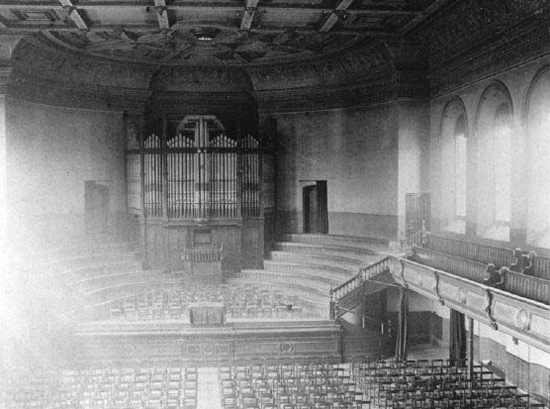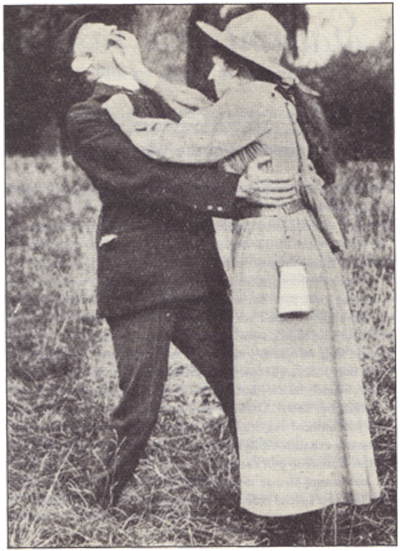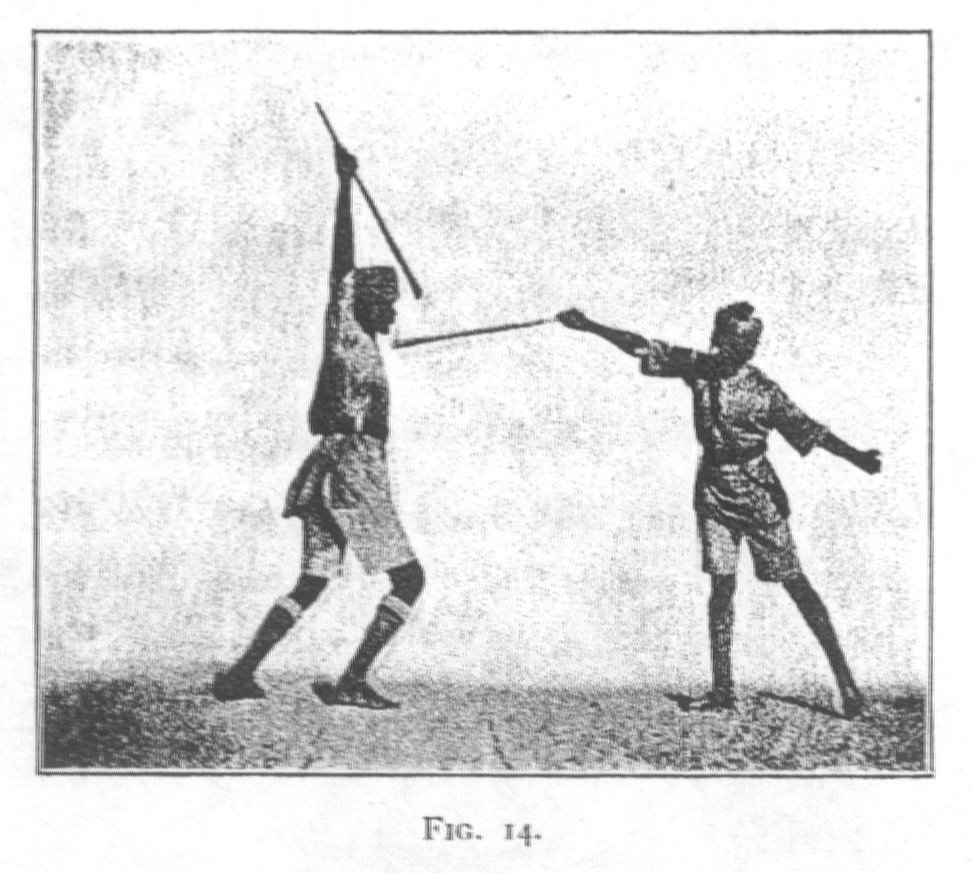- Originally published on the Bartitsu.org site on Thursday, 25th July 2013
Steampunk Bartitsu: A Dignified Response to altercations involving Pirates, Cads, Bureaucrats, and General Thuggery
Noted Lecturer, Historical Hoplologist and Antagonistics Enthusiast William ‘Battlin’ Bill’ Trumpler made an appearance at the Cowford Steampunk Society’s monthly meeting this past Saturday the 20th. The topic of the day was Historical Bartitsu, It’s Legend, Legacy, and Practical Application for the Defense of Gentlepersons’ in Modern Times.
The lecture began with the justly famous character of Sherlock Holmes and his astounding survival of the argument at Reichenbach Falls. The Great Detective credited his continuing health to be due his study of “Baritsu”, a defense system of some note at the time. “Baritsu” of course is actually a misspelling of “Bartitsu” as Holmes’ biographer Dr. John Watson, while ever faithful, and quite a brilliant companion, is not, sad to say, the World’s Greatest Editor.
Mr. Trumpler then regaled the audience with the tale of Edward William Barton-Wright, his travels throughout Europe and Asia, and his singular achievement of training in the Samurai and Sport traditions of far off Nippon. The lecture then proceeded to Barton-Wright’s return to Merry Old England, his gathering of foreign and local defense experts and his founding of The Bartitsu Club, where good folk of solid character and high moral fiber of either sex could attain a measure of health and self-reliance rarely found elsewhere.
After pointing out the similarities in philosophy between Barton-Wright’s academy and modern martial sport and defense, Mr. Trumpler provided historical photos and written description of Bartitsu from Pearson’s Magazine. The write-up and interview detailed the use of weapons such as a gentleman’s walking stick, as well as classical pugilism and foreign and native wrestling tactics effective upon the ruffians af the age.
Battlin’ Bill then pulled out all the stops with demonstrations and instruction of the aforementioned techniques. The physical portion of the meeting began with the use of Vigny’s system of La Canne de Combat, Vigny being one of the maestro’s whom Barton-Wright studied diligently. After much good-natured thwacking, participants proceeded to the art of fisticuffs with such details as the Straight Lead, Shovel Hook and The Dempsey Switch. From pugilism the attendees closed further with their opponents and afforded themselves the opportunity to practice wrestling holds and jiu-jitsu throws suitable for even the most aggressive airship boarding or back-alley brawl.
Despite the vigorousness of the Cowford Society members and the dangerousness of the style, no injuries were reported and a grand time was seen to be had by all. A special mention of Mr. Chris Ahrendt, the organizer of this event, surely must be made as he deserves a round of thanks for his leadership and procurement of the Karpeles Manuscript Library Museum as the location and hosting Mr. William Trumpler for this momentous occasion. The museum itself being a most apt location with it’s golden hard-wood floors and it’s grand windows being entirely reminiscent of the salles in which Bartitsu was practiced in the past.
There was enthusiastic talk of continued training in Bartitsu by the Cowford Society and a call for the return of Mr. Trumpler as instructor and lecturer in the future.











